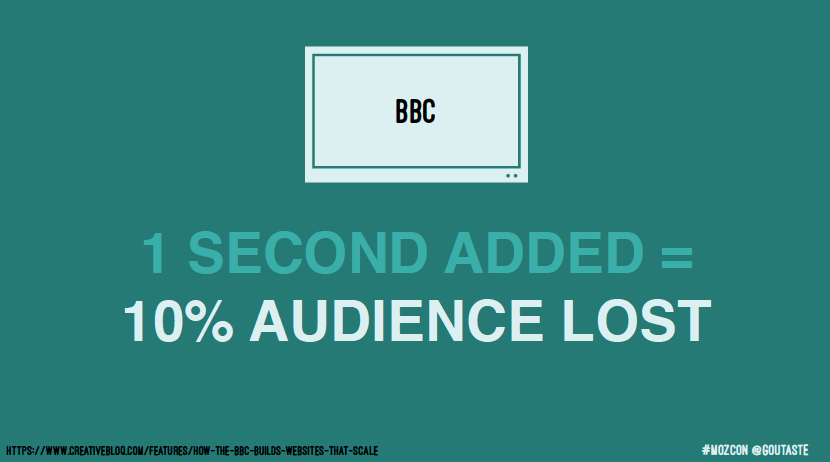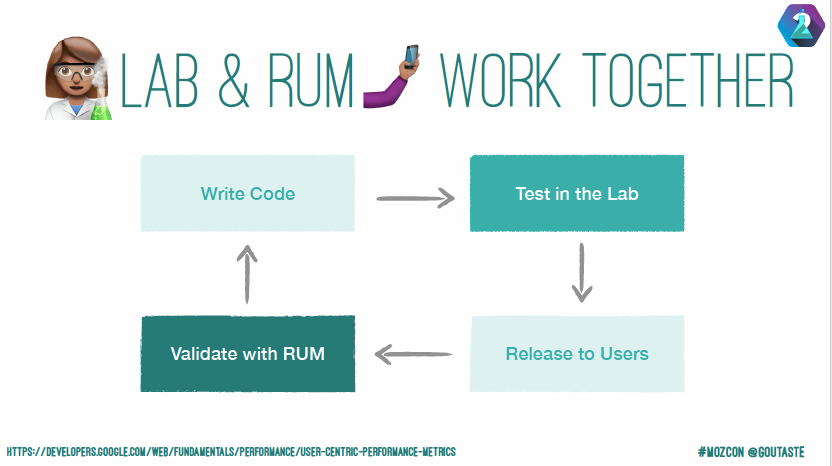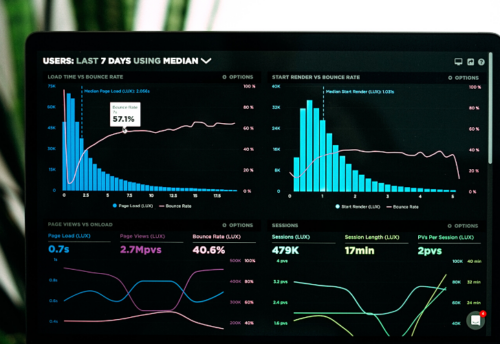
MozCon 2018: What All Marketers Can Do About Site Speed
The following post is part of WTWH Media Marketing Lab’s ongoing blog series from MozCon 2018.
Emily Grossman, a mobile product marketer and app strategist at Skyscanner, spoke on site speed and its importance to search engine optimization.
For every second added to a site’s loading speed, 10% of the audience is lost, Grossman said. By reducing your website’s load time, you can lift conversions, engagement, new business, and of course, revenue.
But how do you reduce site speed? Grossman suggested using two data sources:
- Lab tests
- Real user metrics
Lab tests
Lab tests are simulated measurements. They simulate how fast the site loads, measure that simulation and log it into results, Grossman said. Essentially, tools like GTmetrix and Pingdom are testing a website’s performance.
Pros:
- Almost no setup required
- Easy to track competitors
- Can test pages before they launch
- Controlled environment (good for debugging)
- Can test multiple devices, locations and networks
Cons:
- Can be hard to scale and keep current
- Have to run multiple tests to get accurate data
- May not be accurate to what your users are experiencing
- Hard to measure impact of dynamic content
Real user metrics (RUM)
RUM helps you monitor and capture the actions of each user on a website or application. Two examples Grossman gave are New Relic or Google BigQuery.
Pros:
- Real load times of your users
- Scaleable by design
- Every data point is a real person
- It’s what Google’s actually looking at
Cons:
- More engineering setup required
- Suffers of “survivor bias” (people who have slow connections and can’t connect)
- Limited to specs of your current audience
- Difficult for debugging
Because of the many pros and cons to both lab tests and RUM, Grossman recommends having the two works together. With this, you’ll be able to test and see what works for your website.
Google is going to start factoring site speed, particularly with mobile, into its ranking algorithm. This will only affect pages that deliver slow experiences to users, and only a small percentage of queries. Yet, a slow page may still rank highly if it has relevant content.
“We encourage developers to think broadly about how performance affects a user’s experience of their page and to consider a variety of user experience metrics,” Google said in an official statement.
Think of your site speed as money. Can you afford to have it ruin potential business?
For more information on the Google Speed update, click here.
Emily Grossman is a Mobile Product Marketer and App Strategist at Skyscanner. Follow her on Twitter: @goutaste.





Leave a Comment
You must be logged in to post a comment.